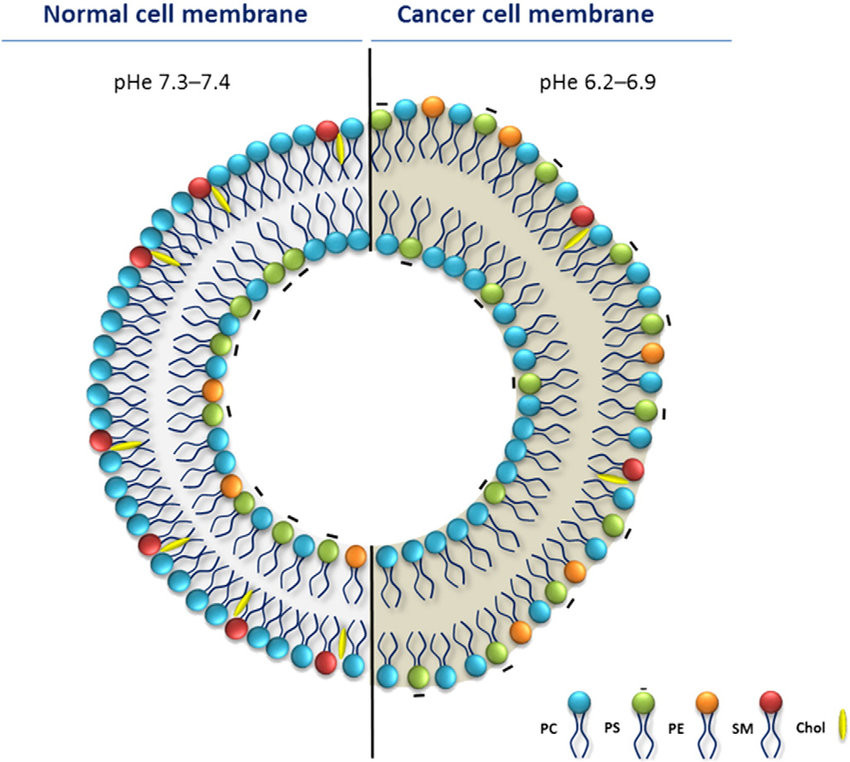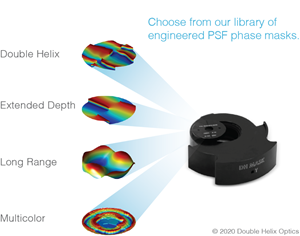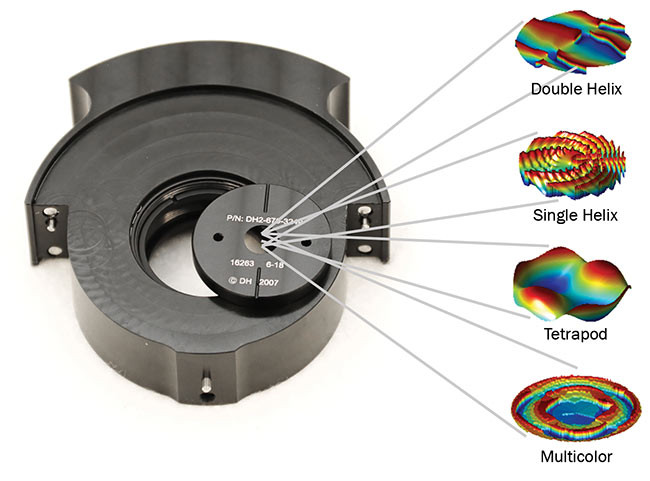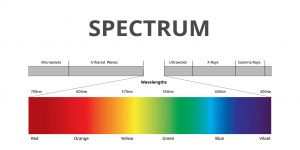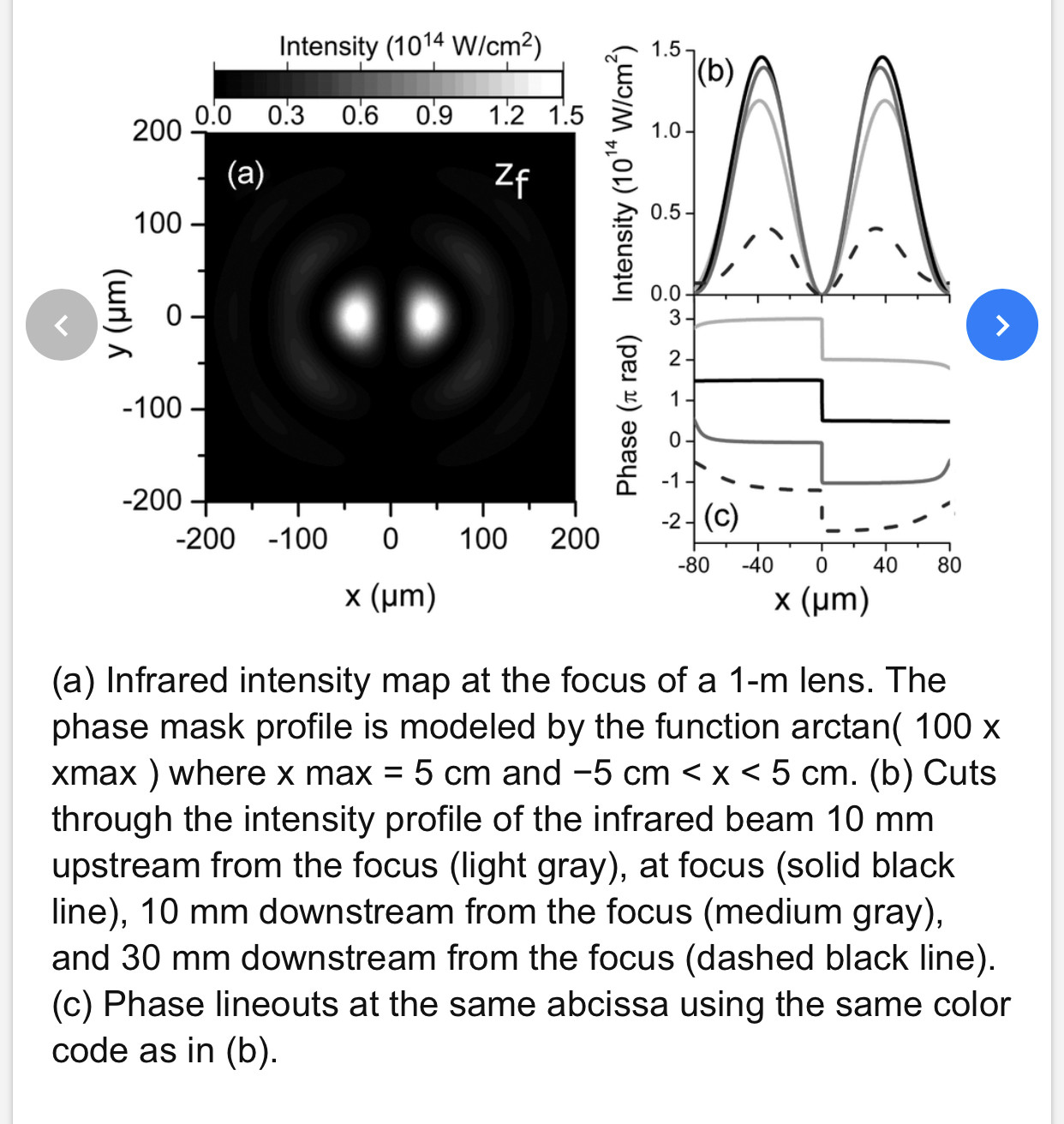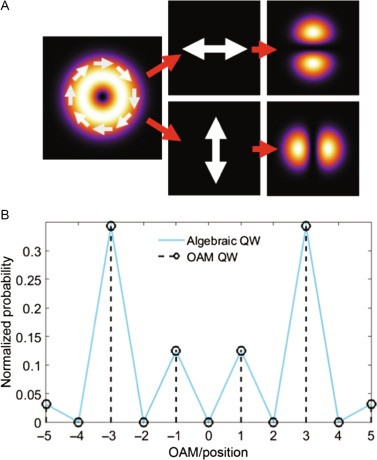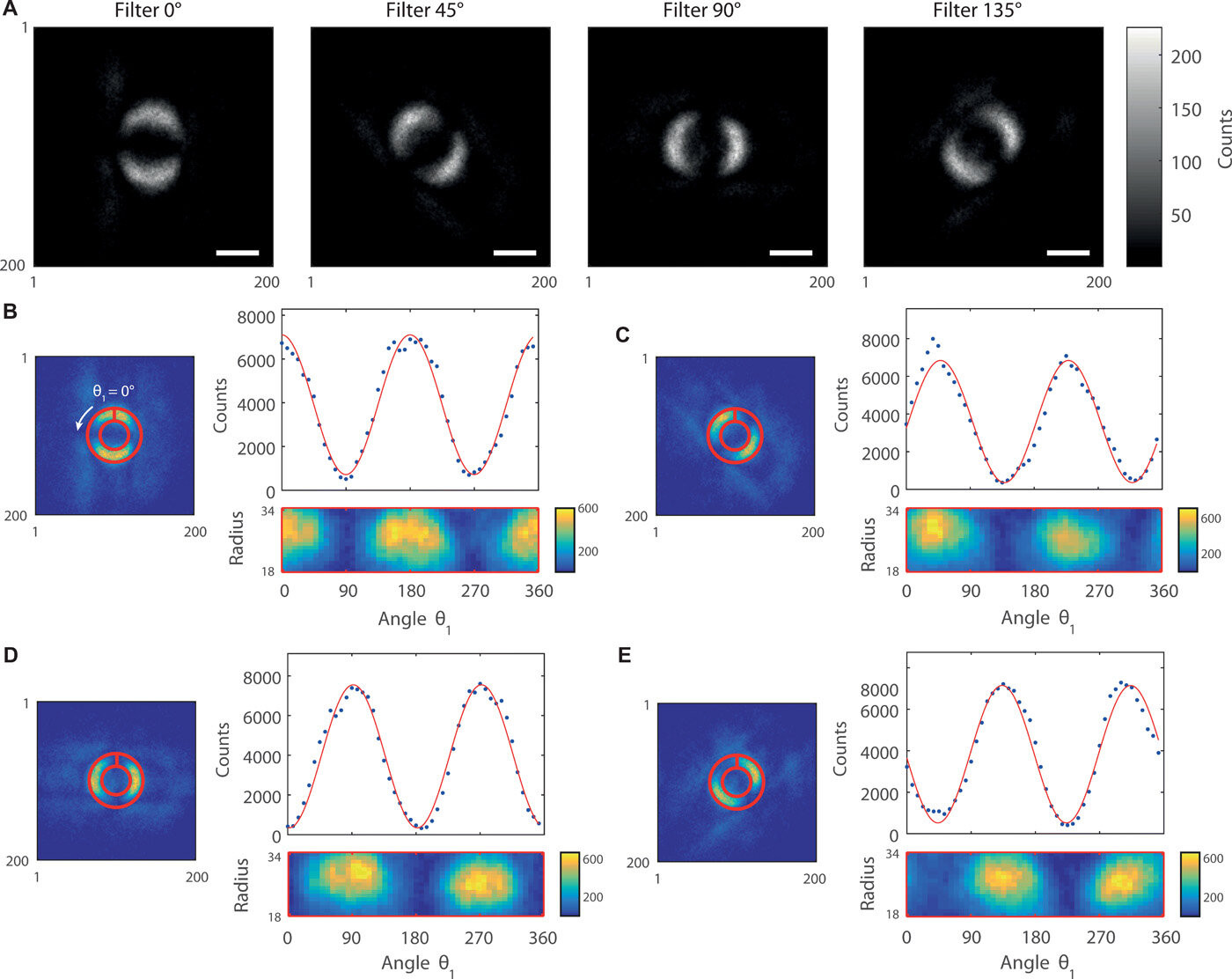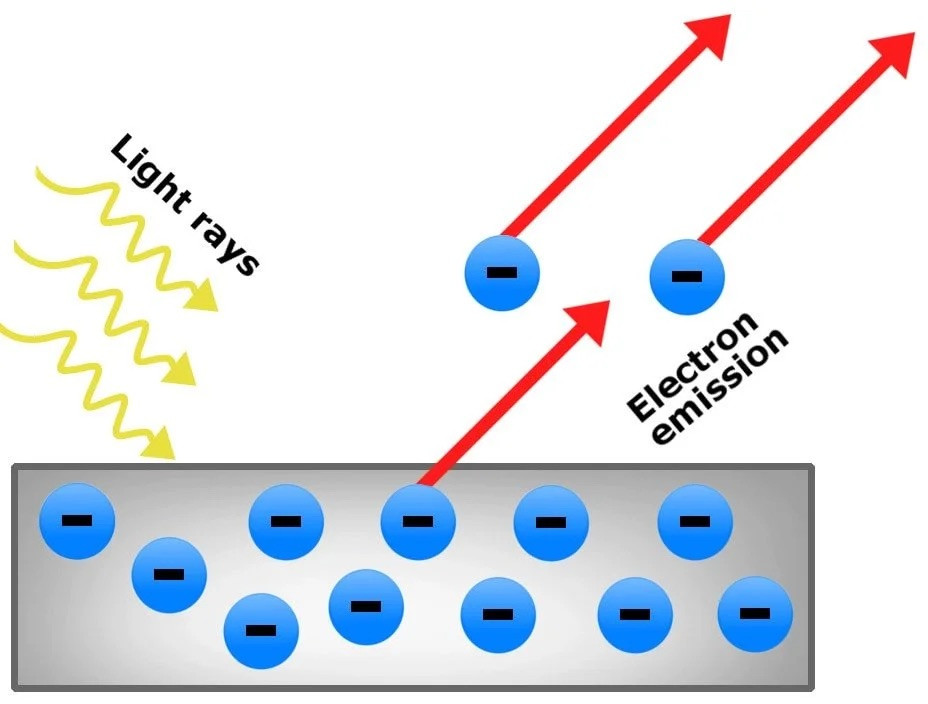What I offer is my experience and learnings over many decades. I offer a choice.. Much L❤️VE Johnny❤️
I drink 500ml of water, distilled prefered, with a pinch of bicarbonate of soda 4 x per day..it will alkaline the body to its natural ph.
I love you all and I love President Trump #wwg1wga 🙏🙏🙏🙏🙏🙏🇺🇸🇺🇸🇺🇸🇺🇸🇺🇸🇺🇸
any particular brand of filter/device/pitcher you guys prefer ? there are soo many on the market
Have you ever tried phase masking? It looks like a real positive alternate remedy to me. As for who the makers are is a mystery but you can bet the Rothschild’s have an ultrasonic hand in the profits.
When combined with the company’s expanded library of multi-modality interchangeable phase masks, the SPINDLE2 captures 3D information in single images—without scanning—with depth of field up to 30x conventional systems and up to 10x improved resolution. The phase masks—optimized to customer requirements based on depth range, emission wavelength and more—enable a deeper layer of nanoscale visualization and data capture, from single molecule to whole cell, to accelerate the pace of disease discovery and therapeutics development in both live and fixed cell studies. The phase masks also are compatible with a range of optics (polarizers, multi-FOV lenses), providing additional flexibility in experimentation.
👍🏻
Double Helix is already aiding new discoveries by extending what’s possible in nanoscale 3D and extended depth imaging and sensing. By extending our product line, we’re making these capabilities even more accessible to a variety of R&D and manufacturing environments,” said Leslie Kimerling, co-founder and CEO of Double Helix Optics.
While currently optimized for use in bioscience and biotech, the company’s Light Engineering technology can be used for additional applications where precision-depth object capture is critical, such as materials research, inspection, and machine vision.
In 2019, Double Helix Optics’ SPINDLE 3D imaging system was recognized with the “Oscars of Optics”, winning the International Society for Optics and Photonics’ PRISM Award in the Diagnostics and Therapeutics category. The company also was recognized in 2018 as the most promising optics, photonics, and imaging (OPI) startup, taking home $1 million in investment funding from the Luminate accelerator.
About Double Helix Optics
Double Helix Optics enables visualization and data capture of objects at an unmatched depth and precision quality. Its Light Engineering™ point-spread, function-based technology is advancing the field of 3D imaging, allowing for new discoveries in research and new capabilities of promise to a range of applications. The SPINDLE2, SPINDLE®, engineered phase masks, and 3DTRAX™ software are currently in use by globally recognized scientists. Double Helix Optics is headquartered in Boulder, Colorado. Discover more at doublehelixoptics.com.
For the first time ever, physicists have managed to take a
photo
of a strong form of quantum entanglement called Bell entanglement—capturing visual evidence of an elusive phenomenon which a baffled Albert Einstein once called 'spooky action at a distance'.
We study emission of photoelectrons from plasmonic nanoparticles into surrounding matrix. We consider two mechanisms of the photoelectric effect from nanoparticles – surface and volume ones, and use models of these two effects which allow us to obtain analytical results for the photoelectron emission rates from nanoparticle. Calculations have been done for the step potential at surface of spherical nanoparticle, and the simple model for the hot electron cooling have been used. We highlight the effect of the discontinuity of the dielectric permittivity at the nanoparticle boundary in the surface mechanism, which leads to substantial (by ~5 times) increase of photoelectron emission rate from nanoparticle compared to the case when such discontinuity is absent.
For plasmonic nanoparticle, a comparison of two mechanisms of the photoeffect was done for the first time and showed that surface photoeffect, at least, does not concede the volume one, which agrees with results for the flat metal surface first formulated by Tamm and Schubin in their pioneering development of quantum- mechanical theory of photoeffect in 1931. In accordance with our calculations, this predominance of the surface effect is a result of effective cooling of hot carriers, during their propagation from volume of the nanoparticle to its surface in the scenario of the volume mechanism. Taking into account both mechanisms is essential in development of devices based on the photoelectric effect and in usage of hot electrons from plasmonic nanoantenna.
I think you get the picture. 🙏🏻❤️

